There are few things which can so readily and accessibly provide insight into day-to-day life in the past as advertising. Take the distinguished gentleman above: while the notion of placing a stylish salad bowl on one’s head in a valiant (if futile) attempt to quite literally suck new hair out of one’s scalp may seem whimsical or even absurd, the underlying scourge of hair loss remains something a great many men (and a few women) can relate to. This familiarity allows us to instantly recognize why such a device would be brought to market, even if we also immediately understand how ridiculous it is.
Not to be outdone, the ladies had many beauty products aimed squarely at them (shocking, I know), not the least of which were soaps, wafers and creams which were chock full of arsenic. Great for the complexion, perhaps… not so good for cardio-pulmonary health, remaining ambulatory, or maintaining an endothermic body temperature. It’s prudent to note that the lethal toxicity of arsenic was not well understood, and being a common byproduct of mining, it was cheap and plentiful. As such, it was used in a wide variety of products, including dyes, the aforementioned beauty products, and even some medical applications. Many doctors of the day believed that mixing arsenic with tobacco would cure asthma, and in India, it was blended with black pepper to create an antivenin for snake bite. Apparently irony was not well understood, either.
Then there were the “miracle products,” which came in a wide variety of forms. Capitalizing on his father’s name and reputation, Thomas A. Edison Jr. happily lent his name to a number of questionable products. The Magno-Electric Vitalizer took full advantage of both his father’s notoriety and the (at the time) novelty of electromagnetism, and it quickly became the most successful item to which the young Edison attached his name. Outrageous claims that the device cured everything from Consumption (pulmonary tuberculosis) to deafness (to say nothing of the ever present “female troubles”) ultimately led to the government charging the company with fraud, and shutting them down in 1904.
Here we have a clearer look at the contraption shown in the insert above. If you ever suffered the indignity of orthodontic headgear, take a gander at this poor sap and rest easy in the knowledge that it could have been worse. This particular configuration of the Vitalizer ostensibly cured catarrh (nasal congestion) via mild electric shocks to the temples and, yes… in the nostrils. Even if you still don’t think such discomfort would outweigh that of orthodontia, take heart that at least the orthodontia resulted in straighter teeth, while the Cerebral Centralizer was thoroughly ineffective and presumably resulted only in what I imagine were a number of awkward dinner conversations.
Finally, we have a selection of Patent Medicine Trade Cards. These small, colorful advertising circulars were commonly handed out by druggists, included in parcels, or sent by mail, and were regarded as collectibles. Many, unsurprisingly, boasted outlandish claims as panaceas and cure-alls… though perhaps surprisingly, the manufacturers often believed their claims to be true. Though referred to as “patent medicines,” most were in fact merely trademarked.
The above selections barely scratch the surface of the advertising-related materials in our collection. We have nearly 500 antique catalogues, many of which are worthy of their own standalone articles. Ads and Fads reproduces hundreds of print ads from around the turn of the 20th century, and there is a similar compendium regarding agricultural products. If you’re interested in doing some research on these subjects, or merely feel the urge to flip through an old Sears and Roebuck catalogue, our staff will be happy to get you started.

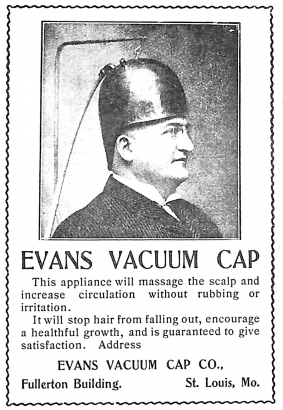
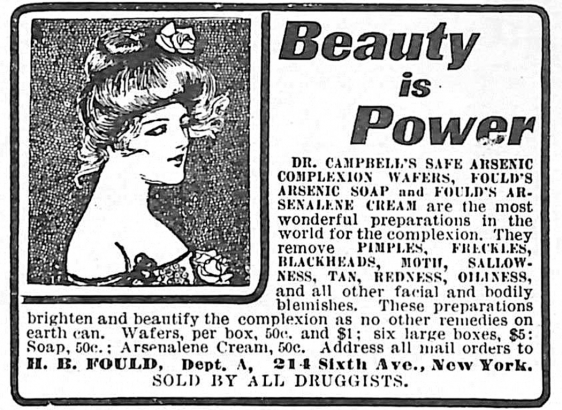
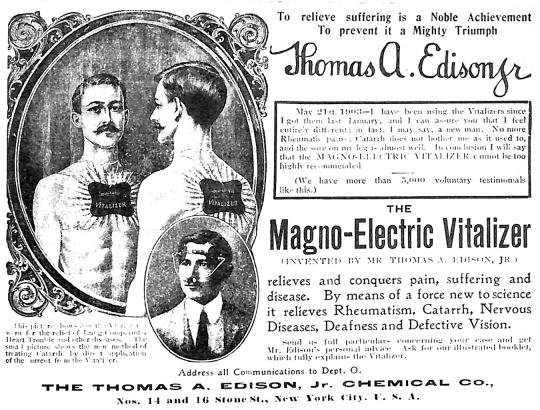
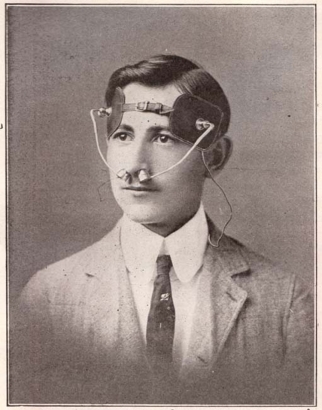

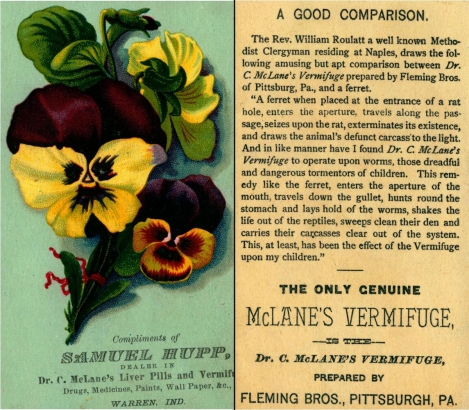
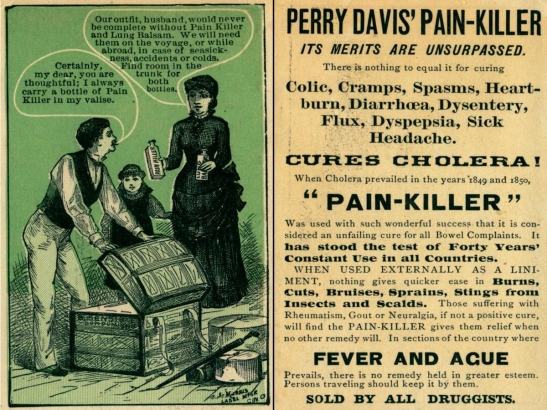
Comments
That top photo reminds me of
That top photo reminds me of the scene in Wayne's World featuring the "Suck Kut": it sucks as it cuts!
There's nothing that says
There's nothing that says ridiculous products are relegated to the past. Let's not forget the Suck Kut was a parody of the Flow-Bee... an actual, real life thing.
I need me some vac hat!
I need me some vac hat!
What you do in the privacy of
What you do in the privacy of your own home is your business...
The Johns Manville booth at
The Johns Manville booth at Chicago's 1993 Century of Progress Fair touted the wonderous insulating properties of asbestos.
I hear the booth had a bowl
I hear the booth had a bowl of sour cream and onion lead paint chips for people to snack on.
Can't wait to pick up a
Can't wait to pick up a package of arsenic complexion wafers!
Not only are they good for
Not only are they good for the skin, they make a great snack!
Hilarious! Thanks for sharing
Hilarious! Thanks for sharing
Happy to oblige! Thanks for
Happy to oblige! Thanks for commenting!